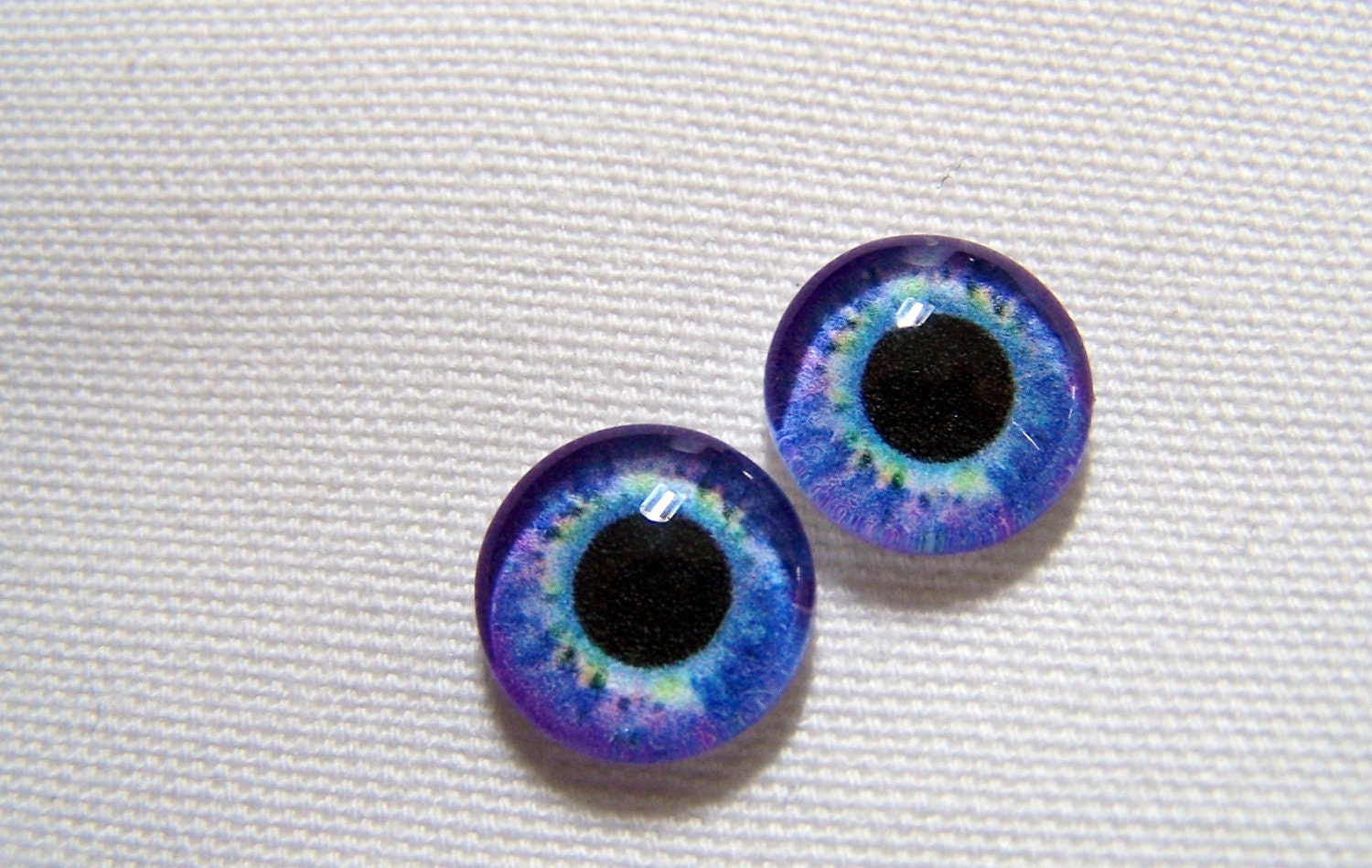

These include haplorhine primates, squirrels, some birds, red kangaroo, and pigs. Like humans, some animals lack a tapetum lucidum and they usually are diurnal. This classification also does not include the extraordinary focusing mirror in the eye of the brownsnout spookfish. Kiwis, stone-curlews, the boat-billed heron, the flightless kakapo and many nightjars, owls, and other night birds such as the swallow-tailed gull also possess a tapetum lucidum. This classification does not include tapeta lucida in birds. The functional differences between these four types of tapeta lucida are not known.

The tapetum is an array of extracellular fibers. Choroidal tapetum fibrosum, as seen in cows, sheep, goats and horses.These crystals are diverse in shape and makeup. The tapetum consists of layers of cells containing organized, highly refractive crystals. Choroidal tapetum cellulosum, as seen in carnivores, rodents and cetacea.The tapetum is a palisade of cells containing stacks of flat hexagonal crystals of guanine. Choroidal guanine tapetum, as seen in cartilaginous fish.The tapetum lucidum is within the retinal pigment epithelium in the other three types the tapetum is within the choroid behind the retina. Retinal tapetum, as seen in teleosts, crocodiles, marsupials and fruit bats.Classification Ī classification of anatomical variants of tapeta lucida defines four types: The tapetum boosts photosensitivity under conditions of low illumination, thus compensating for the suboptimal design of the vertebrate retina. Lents has proposed that the tapetum lucidum evolved in vertebrates, but not in cephalopods, which have a very similar eye, because of the backwards-facing nature of vertebrate photoreceptors. It has been speculated that some flashlight fish may use eyeshine both to detect and to communicate with other flashlight fish. In the cat, the tapetum lucidum increases the sensitivity of vision by 44%, allowing the cat to see light that is imperceptible to human eyes. The tapetum lucidum reflects with constructive interference, thus increasing the quantity of light passing through the retina. This serves to match the original and reflected light, thus maintaining the sharpness and contrast of the image on the retina. The tapetum functions as a retroreflector which reflects light directly back along the light path.

However, the tapetum lucidum cells are leucophores, not iridophores. The tapetum lucidum, which is iridescent, reflects light roughly on the interference principles of thin-film optics, as seen in other iridescent tissues. Presence of a tapetum lucidum enables animals to see in dimmer light than would otherwise be possible. Function and mechanism Choroid dissected from a calf's eye, tapetum lucidum appearing iridescent blue Haplorhine primates, including humans, are diurnal and lack a tapetum lucidum. Similar adaptations occur in some species of spiders. Many of these animals are nocturnal, especially carnivores, while others are deep sea animals. The tapetum lucidum contributes to the superior night vision of some animals. It reflects visible light back through the retina, increasing the light available to the photoreceptors (although slightly blurring the image). Lying immediately behind the retina, it is a retroreflector. tapeta lucida) is a layer of tissue in the eye of many vertebrates and some other animals. The tapetum lucidum ( Latin for 'bright tapestry, coverlet' / t ə ˈ p iː t əm ˈ l uː s ɪ d əm/ tə- PEE-təm LOO-sih-dəm pl. The dark blue, teal, and gold tapetum lucidum from the eye of a cow Retina of a mongrel dog with strong tapetal reflex For the Edge Rock band, see Eyeshine (band).


 0 kommentar(er)
0 kommentar(er)
